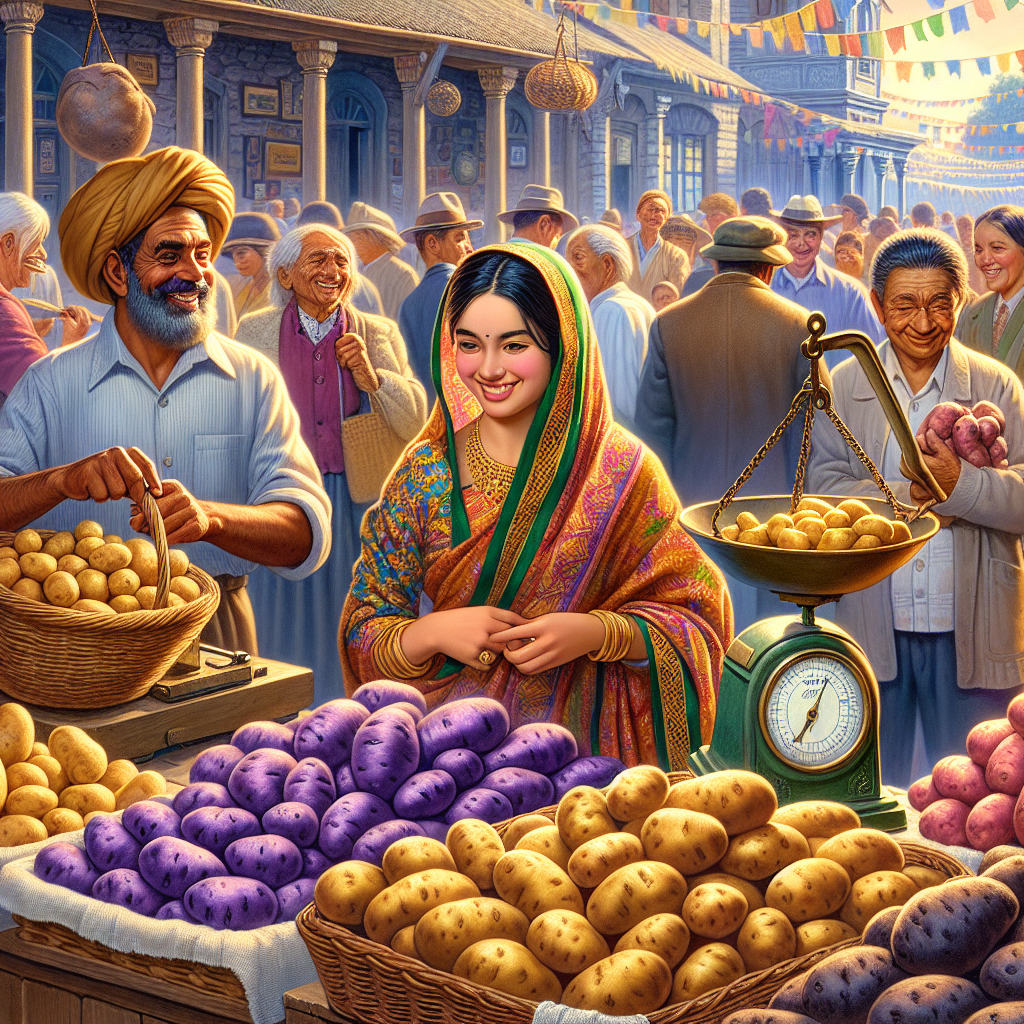Russia's Inflation: Potatoes and Policy
A surge in prices of potatoes and other staples has significantly impacted Russia's inflation, causing the central bank to adjust interest rates. Despite an expected price stabilization by July, the costs for basic foods continue affecting low-income individuals harsher, intensifying inflationary expectations.

In Moscow, the soaring cost of staple foods like potatoes is reshaping Russia's economic landscape, with the central bank closely monitoring trends as they adjust interest rates. Guest workers from India are assisting in planting new potato crops, highlighting the global nature of agricultural labor and economic interdependencies.
The hefty 40% contribution of food to Russia's inflation basket stands in stark contrast to figures from developed countries such as the U.S. Although the central bank trimmed interest rates to 20%, inflationary expectations remain worryingly high, fueled by notable price hikes in everyday necessities.
Potato prices have experienced a dramatic surge due to poor weather conditions and increased production costs. While the government has ramped up imports to alleviate shortages, the socioeconomic strain on low-income households persists. Analysts predict a potential market stabilization in July, yet recognize significant disparities in economic resilience among different socioeconomic groups.
(With inputs from agencies.)
ALSO READ
Banking Sector Sees Major Rate Cuts to Stimulate Economy
India and Norway Steer Towards a Blue Economy at Monaco Marine Conference
Russia Takes Lead as Top Foreign Investor in Iran's Economy
India's Path to a $7-8 Trillion Economy: The Role of Education and Technology
China's Trade Tides: Export Dynamics in a Shifting Global Economy










